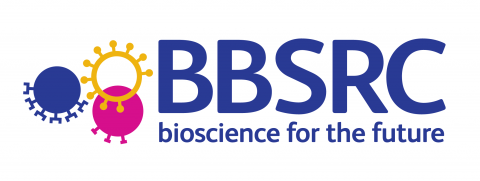Breaking the camouflage of a nearby object allows a casual rambler to detect a snake in the grass, and a more experienced hiker to determine whether it is a venomous European Adder or harmless grass snake. The visual processes of (1) detecting and segmenting targets from cluttered backgrounds, and (2) discriminating whether similar features belong to the same or different objects are central to many everyday visual activities. Practice in these tasks is known to make us better: training and experience improve our core skills in visual recognition. Yet the functional brain architecture that supports these processes, and their plasticity in normal and abnormal function, is poorly understood.
Here we exploit recent technological advances in magnetic resonance imaging to trace how the brain changes with learning at much finer resolution than previously possible. We focus on the visual cortex that is known to process information registered by the eyes to extract meaningful patterns. The key challenge is to understand whether learning changes our judgements by modifying the processing of simple visual features as they enter the brain from the eyes, or whether it acts at later stages that interpret ambiguous sensory patterns and assign objects into meaningful categories.
Exploiting technological advances that allow us to trace how the human brain changes through learning and experience in a non-invasive manner is key for understanding the brain’s capacity for plasticity and flexible behaviour. Understanding the brain’s basic mechanisms for learning is critical for developing lifelong learning programmes that target speciliased circuits to boost performance through training in early years education but also across the lifespan.

